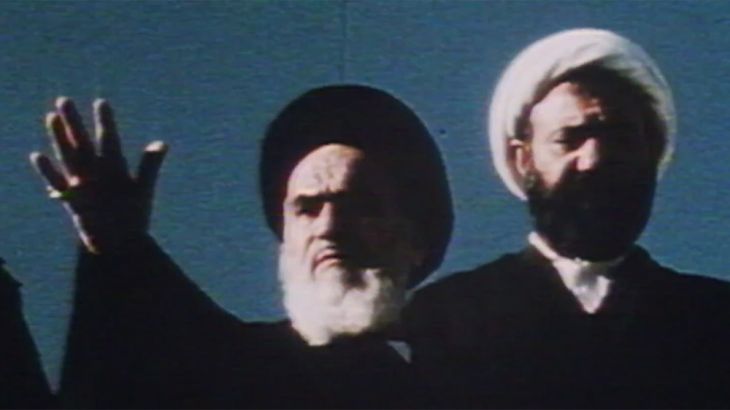
Iran 1979: Anatomy of a Revolution
A look at the events that triggered the Khomeini movement and led to Iran’s Islamic revolution in 1979.
In 1979, after decades of royal rule, millions of Iranians took to the streets in a popular movement against a regime that was seen as brutal, corrupt and illegitimate.
Protesters from all social classes demanded the removal of Mohamed Reza Shah Pahlavi, the country’s monarch since 1941.
Keep reading
list of 4 itemsRwanda genocide: ‘Frozen faces still haunt’ photojournalist, 30 years on
Underground tunnels found in Israel from Jewish revolt against Romans
Lost in Orientalism: Arab Christians and the war in Gaza
The Shah had long been criticised for his ties to Western countries, particularly Britain and the United States, as well as crackdowns by internal security forces on dissenting voices.
“There was a feeling that we were being humiliated by the Shah and his regime. Domestically, the Shah’s regime was a dictatorship. There was no freedom,” said Mohsen Mirdamadi, an Iranian politician.
While the country enjoyed periods of economic prosperity, citizens began protesting against the government after an economic collapse in 1977, which caused high unemployment and rising inflation.
During his rule, Pahlavi had few more staunch critics than Grand Ayatollah Khomeini.
The cleric condemned the Shah’s “White Revolution”, an ambitious modernisation programme that redistributed land and pushed for social reforms in the 1960s – criticising that it undermined Iran‘s Shia traditions and served foreign interests.
The Shah arrested Khomeini in 1963 and forced him into exile a year later. But the cleric would continue to bear influence from afar, calling for an end to the monarchy and the establishment of an Islamic republic.
“We were transmitting the imam’s messages, statements and speeches to Iran by telephone,” said reformist politician Seyed Ali Akhbar Mohtashamipur. “We had contacts in cities in Iran. We were calling them at night and sending them the tape of the imam’s daily speeches by telephone. They would record it and the next day they would be distributed in meetings, ceremonies, universities, mosques all over Iran. And people were made aware of his words.”
Khomeini’s taped speeches won a growing audience among Iranians in the 1970s, many of whom were dissatisfied with the government. The so-called “cassette revolution” was under way.
“They saw Khomeini as the symbol of ultimate opposition to the monarchy,” said Professor Ervand Abrahamian from Baruch College.
By the end of 1978, protests against the Shah had turned into a revolution and on January 16, 1979, the Shah fled the country – ending more than 2,000 years of Persian monarchy.
On February 1, Khomeini returned to Iran to crowds of supporters and soon after appointed an interim prime minister.
Under the new government, many opposition leaders were jailed or executed, while many former prisoners were released.
The country was transformed into an Islamic republic and set on a new path – one that brought it to war with its neighbour and ongoing conflict with the West.
Rageh Omaar went to Iran to find out how the Khomeini movement and Iran’s Islamic revolution have influenced Iran’s foreign policy.
Editor’s note: This film was first broadcast in 2009.